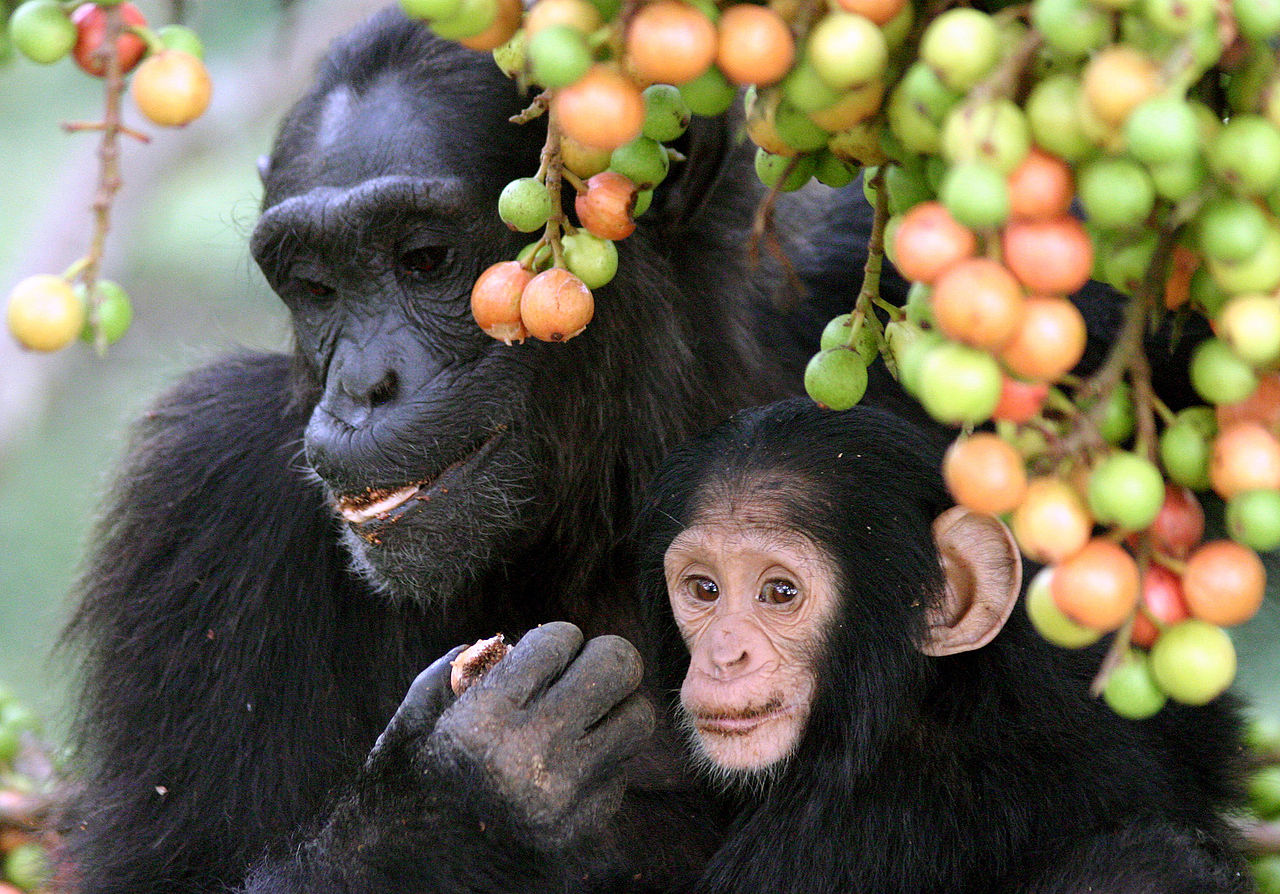In the early 1960s, Jane Goodall stumbled upon something remarkable in the forests of Gombe Stream, Tanzania: chimpanzees consuming whole leaves. Fast forward to the late 1990s, and this behavior, dubbed “whole leaf swallowing,” had been observed across various African great ape habitats. Scientists soon uncovered its therapeutic and anti-parasitic properties. This discovery marked the beginning of a fascinating journey into the world of animal self-medication.
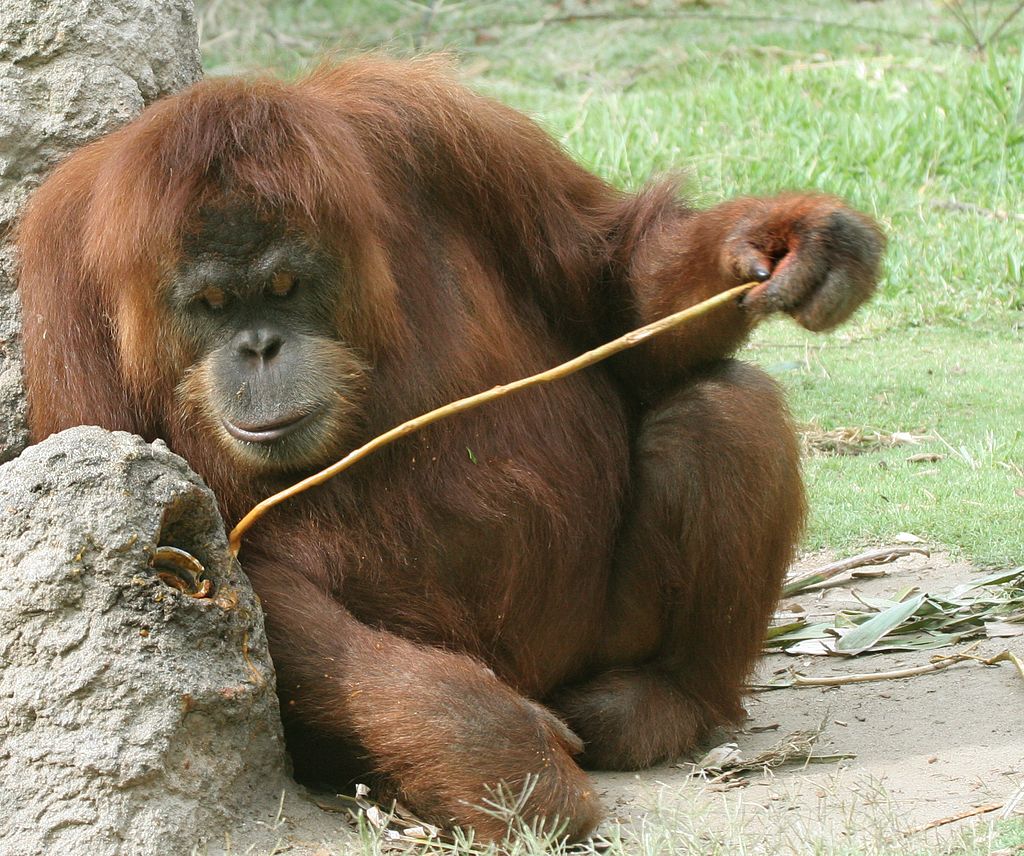
Over the years, researchers have documented several forms of self-medication among wild great apes, particularly in primates. These behaviors fall into five categories: sick behaviors like anorexia, avoidance behaviors such as steering clear of contaminated food, prophylactic behaviors like consuming foods for preventive health effects, therapeutic behaviors involving ingesting biologically active substances, and topical applications of medicinal plants.
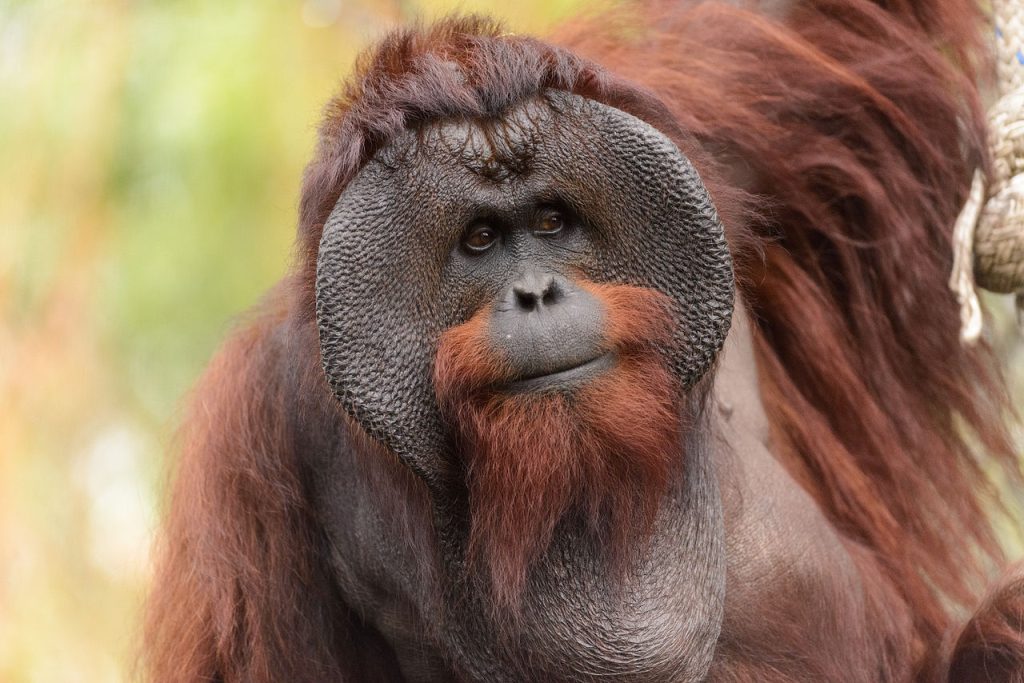
While sick and avoidance behaviors are common among animals, self-medication through plant ingestion is widespread but occurs at low frequencies. Leaf swallowing has been observed in various ape species, including chimpanzees, bonobos, gorillas, and white-handed gibbons. Notably, some behaviors like bitter pith chewing in chimpanzees coincide with seasonal changes and the availability of specific plants.
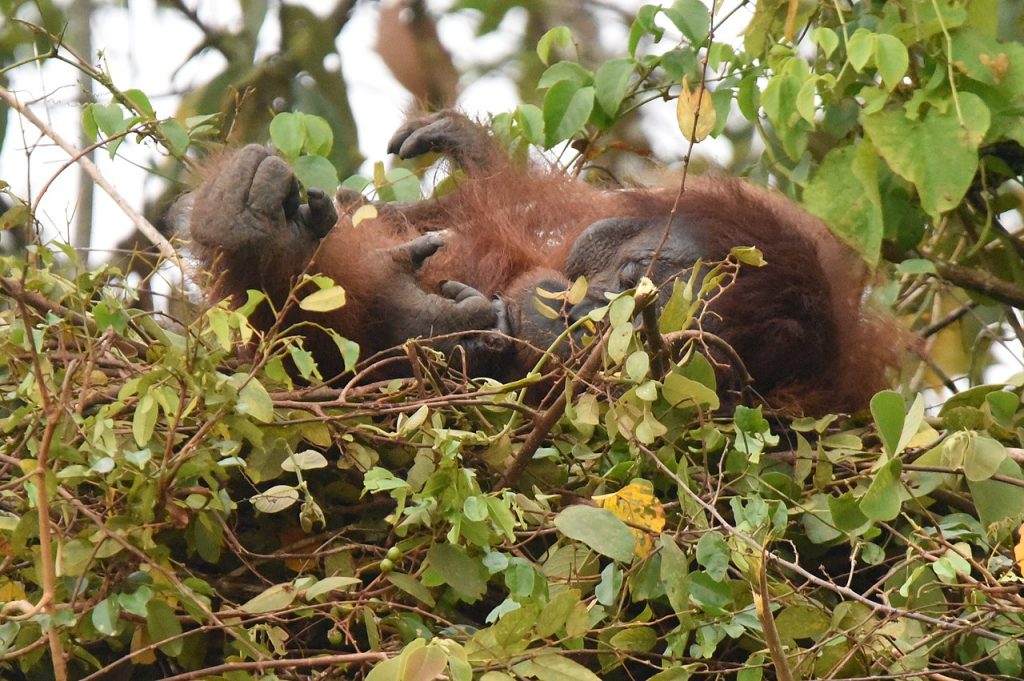
Bornean orangutans also showcase intentional ingestion of plants with medicinal properties. Reports from Malaysia and Central Kalimantan highlight instances where orangutans consumed plants traditionally used by humans for treating inflammation, internal illness, and fatigue. However, evidence for plant consumption for self-medication in orangutans remains limited overall.
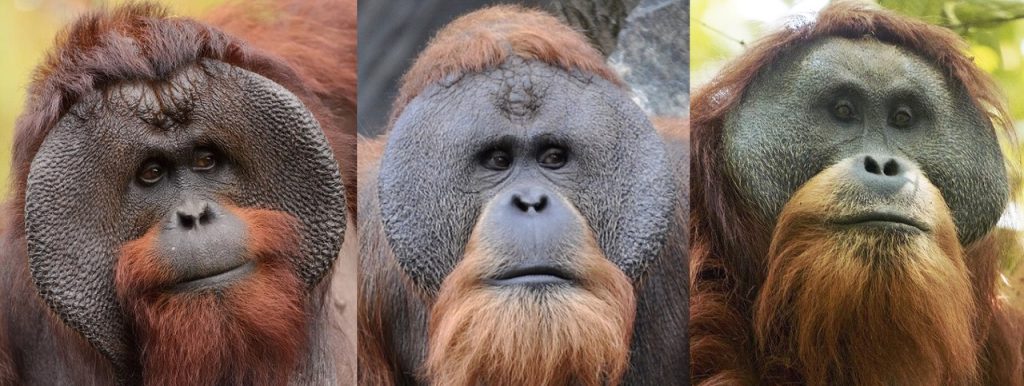
Additionally, there’s emerging evidence of apes applying medicinal plant compounds topically. In Central Kalimantan, Bornean orangutans were observed chewing Dracaena cantleyi leaves and rubbing the resulting lather onto their skin. This behavior, lasting up to 45 minutes, aligns with the plant’s anti-inflammatory properties, suggesting intentional self-medication.
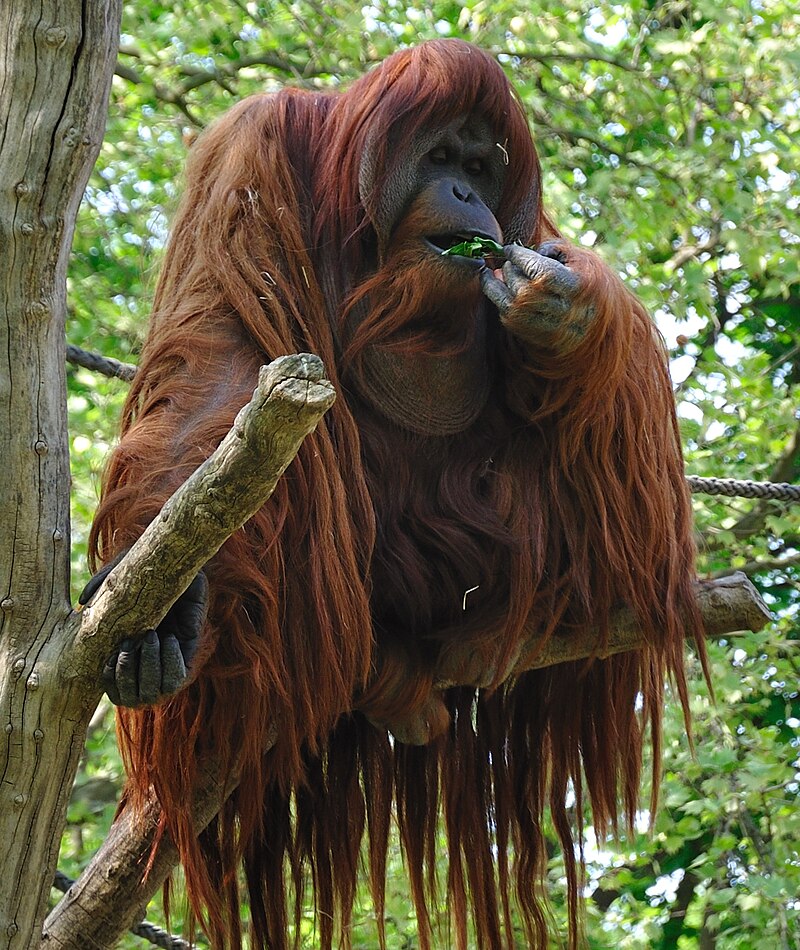
Moreover, recent observations shed light on active wound treatment among great apes. Chimpanzees in Gabon were seen applying insects to their wounds, possibly as a form of treatment. Similarly, a captive capuchin monkey engaged in grooming her wounds with a sugar-coated tool. These instances hint at a deeper understanding of animal self-care practices.
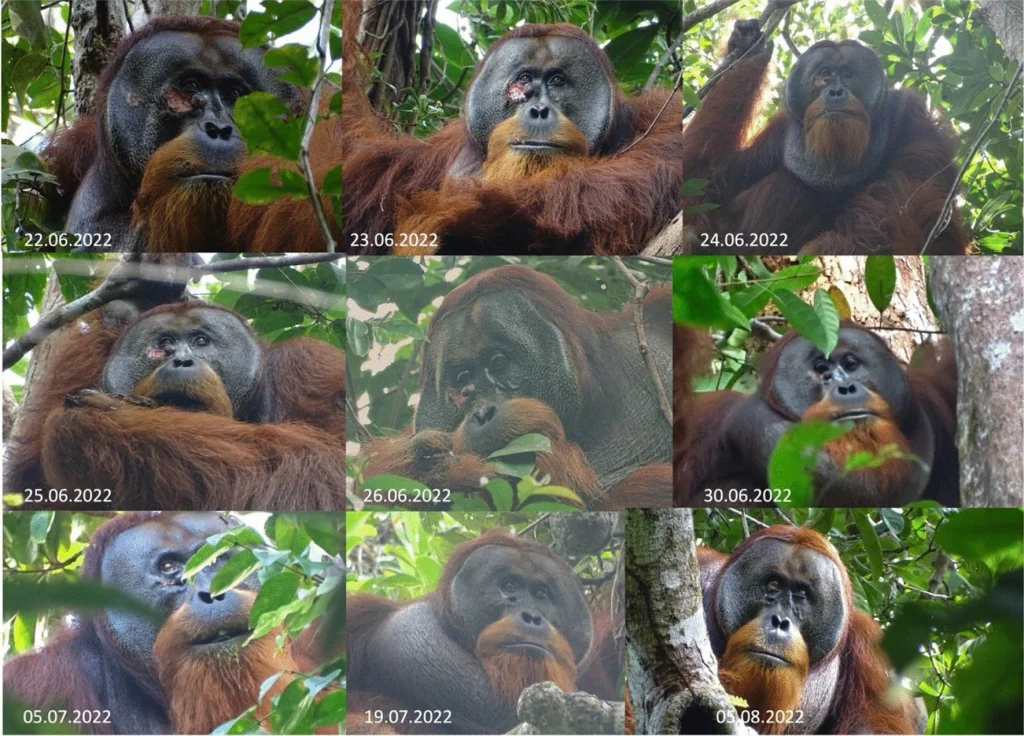
In a groundbreaking revelation, a male Sumatran orangutan in the wild was observed actively treating a wound with a biologically active plant substance. This behavior suggests a form of self-medication aimed at wound healing and infection prevention. It opens up avenues for further exploration into the medicinal wisdom of our closest relatives in the animal kingdom. The revelation was published in the Journal of Nature and can be found here.

